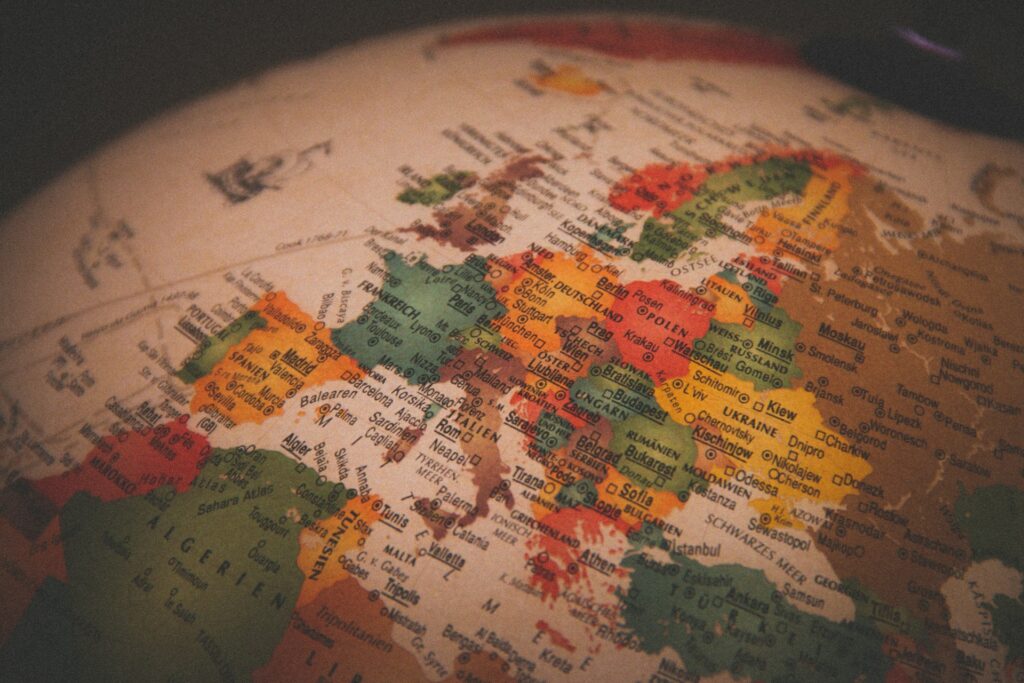Geopolitics and Water: A Struggle for Control
By Finlay Gilkinson – 17/05/2025
Water is life, but it’s also power. In a world where freshwater is increasingly scarce, geopolitics plays a pivotal role in determining who controls this vital resource. From transboundary rivers to contested aquifers, water is at the heart of international disputes, alliances, and economic strategies. This blog dives into how geopolitical forces shape water access and what it means for global stability.

The Geopolitical Stakes of Water
Water scarcity affects over 40% of the global population, with demand projected to outstrip supply by 40% by 2030, according to the United Nations. Climate change exacerbates this, reducing river flows, depleting groundwater, and intensifying droughts. But water isn’t just a natural resource—it’s a strategic asset. Countries leverage control over rivers, dams, and aquifers to exert influence, secure economic growth, or pressure neighbours.
Transboundary water sources, like the Nile, Indus, and Mekong rivers, are particularly contentious. These rivers cross multiple nations, and upstream countries hold significant power by controlling water flow. Downstream nations, often more vulnerable, face risks of reduced water access, threatening agriculture, energy, and drinking water supplies.
Case Studies: Water as a Geopolitical Weapon
The Nile River: Egypt vs. Ethiopia
The Nile, lifeline to 11 African nations, is a stark example of water-driven geopolitics. Ethiopia’s Grand Ethiopian Renaissance Dam (GERD), launched in 2011, aims to generate hydropower and boost development. However, Egypt, heavily dependent on the Nile for 90% of its water, fears the dam will reduce flows, threatening its agriculture and population of over 100 million. Sudan, caught in the middle, faces both benefits (flood control) and risks (reduced water for irrigation).
Negotiations have dragged on for years, with Egypt threatening military action and Ethiopia asserting its sovereign right to the dam. The African Union and international mediators have struggled to broker agreements, highlighting how water disputes can escalate into broader regional conflicts.
The Indus: India vs. Pakistan
The 1960 Indus Waters Treaty divides water between rivals India and Pakistan. India’s upstream control over rivers vital to Pakistan’s economy sparks tensions, especially when India plans new dams. Climate-driven glacier melt adds strain, risking conflict.
The Mekong: China’s Dominance
China’s dams on the Mekong’s headwaters give it power over downstream nations like Vietnam and Cambodia. These countries blame China for reduced flows, impacting fisheries and rice production. The Mekong River Commission lacks China’s full participation, limiting cooperation.
Water and Economic Leverage
Water shapes economic power. Water-rich nations export “virtual water” in crops, while wealthy countries like Saudi Arabia buy African land for water-intensive farming. Desalination benefits rich nations, but poorer ones struggle, widening inequities. Infrastructure like dams attracts foreign investment, tying water to global strategies.
Cooperation or Conflict?
Water scarcity risks “water wars,” but cooperation is possible. The Danube and Senegal River basins show shared governance can succeed with trust and equity. Global frameworks like the 1997 UN Watercourses Convention promote fair use, but adoption is weak, and climate change fuels mistrust.
Conclusion
Water is a geopolitical chessboard. As scarcity grows, it could spark conflicts or drive cooperation. Balancing national interests with collective needs is critical to avoid redefining geopolitics through water struggles.
Ready to find the perfect job?
Our team of experts work with an extensive network of employers. Submit your CV to ensure you’re a part of our network of talented candidates and we’ll make you aware of opportunities before they are even posted.
